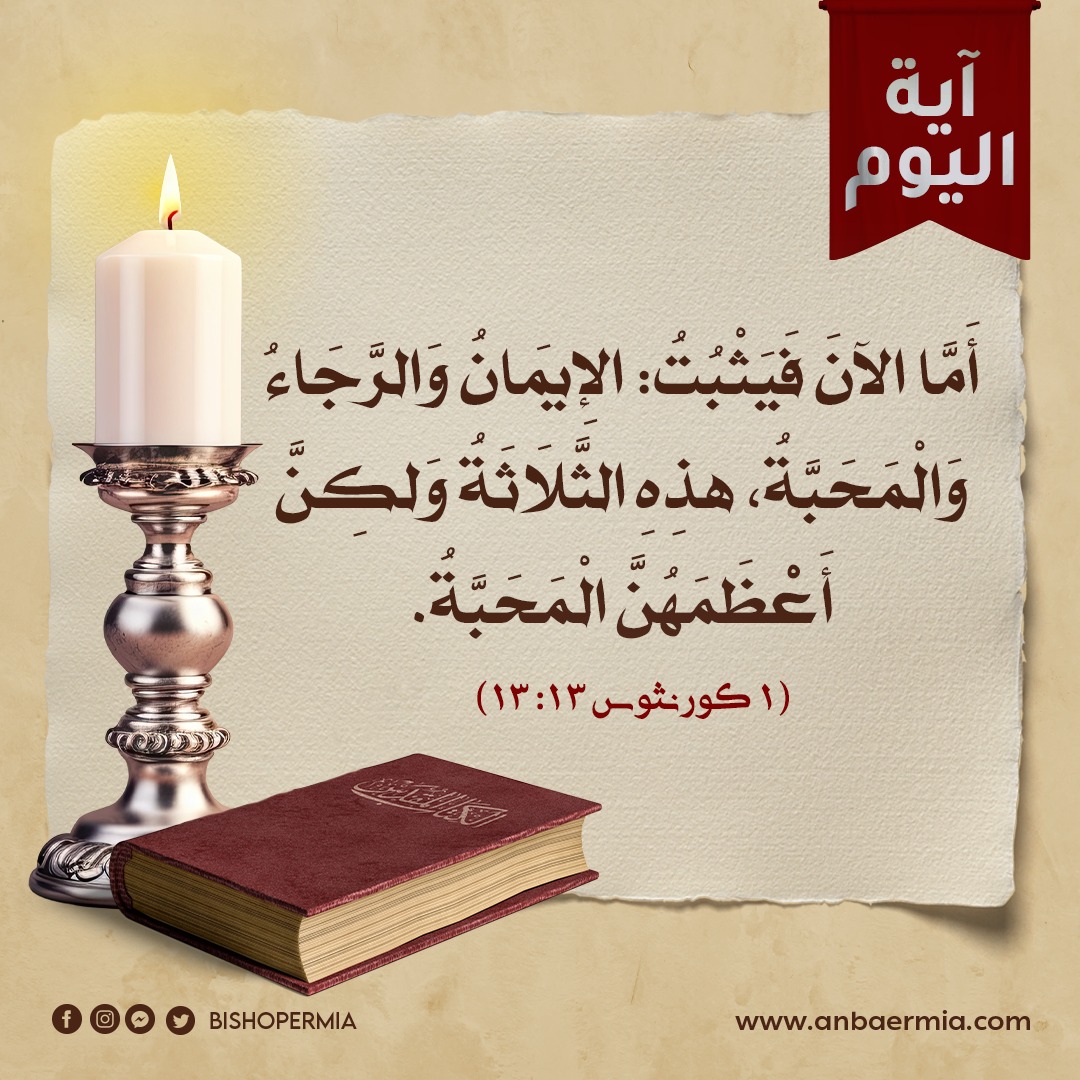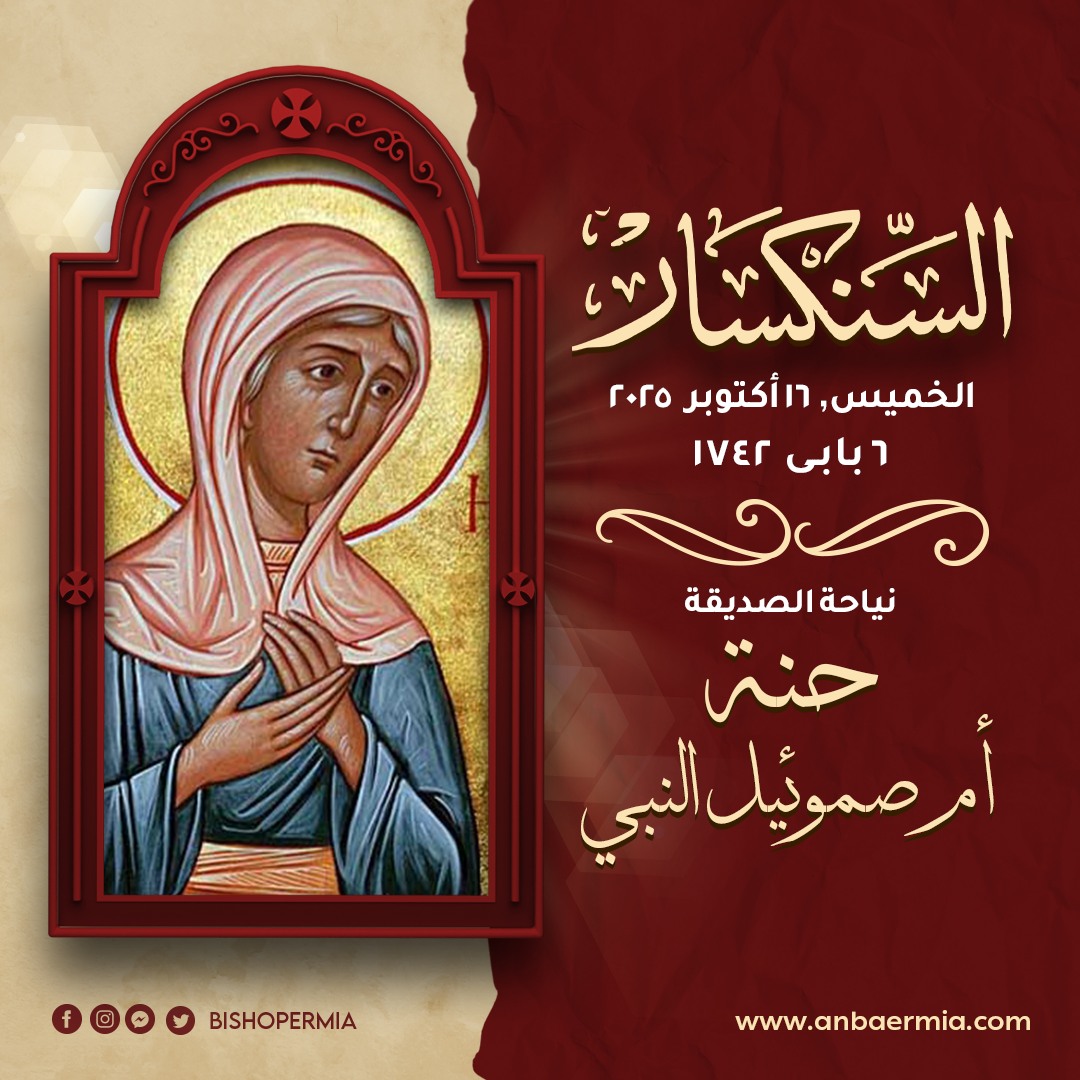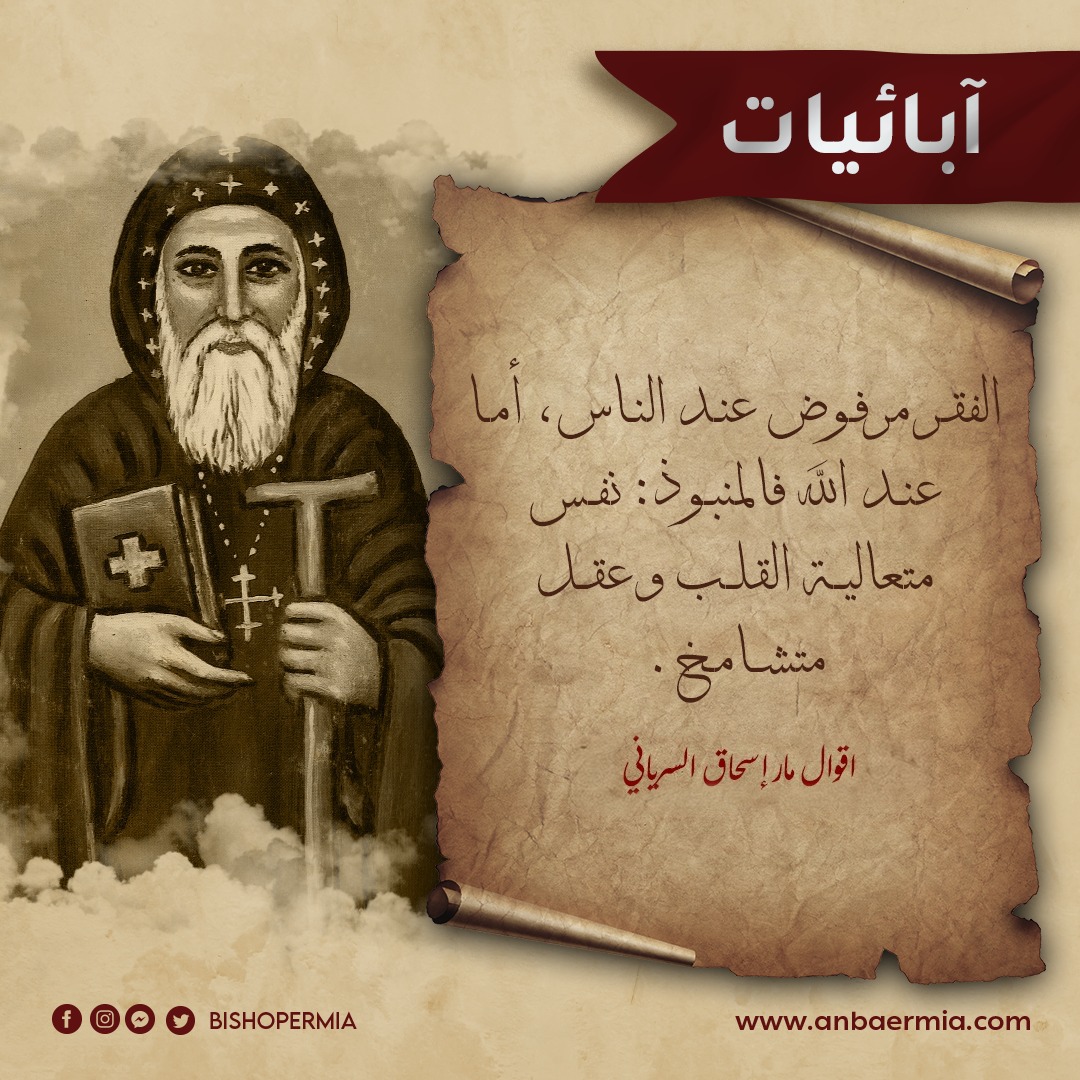Previous articles discussed monasticism, which originated in “Egypt” in the late third century AD, based on three fundamental vows: a life of celibacy, voluntary poverty, and complete obedience. From Egypt, it spread to the world and flourished in the fourth century, after eras of bloody martyrdom, becoming, in its sublimity and disdain for worldly temptations, a “white martyrdom” (without bloodshed). The discussion of monasticism continued with the life of its founder, Saint Anthony the Great, the father of monks, and his meeting with Saint Paul the First Hermit, the ascetic who left the world to live in complete solitude for nearly 80 years.
Then, monasticism led us with its captivating narrative to the founder of the coenobitic monastic system: Saint Pachomius, who is considered the first to establish a monastery housing a monastic community living a shared life of worship, earning him the title “Father of the Community.”
Today, the course of the narrative draws us to the “Head of the Anchorites” in monasticism: Abba Shenouda (333-451 AD), who founded the “White Monastery” in Sohag, based on laws and systems that combined the two monastic systems of “solitude” and “community,” until the number of his monks reached 2,200! He also cared for young women and established a monastery for them, housing 1,800 nuns!
Shenouda was born to pious parents who cared for his upbringing on the best Christian principles. His father owned a field that he cultivated with the help of some farmers and a flock of sheep. Wanting to train his son Shenouda in work from an early age, he sent him to tend the sheep at the age of ten. Young Shenouda would stay with the shepherds all day, fasting, offering his food to them! He also spent long hours in prayer.
His father learned of this and took him to his uncle, the monk Abba Pigol. Upon their arrival at the monastery, Shenouda’s father asked Abba Pigol to bless his son, but he was surprised when Abba Pigol took Shenouda’s hand and placed it on his own head, saying, “I am the one who should receive the blessing from this boy, for he is a chosen vessel for the Lord Christ, and he will serve Him faithfully all the days of his life.” When the father heard Abba Pigol’s words, he was filled with astonishment mixed with overwhelming joy, and he entrusted his son to him, to live from that moment under his tutelage in his monastery, in complete discipleship. Shenouda began to live that angelic life, growing greatly in virtuous living.
Shenouda’s life was distinguished by fasting, prayer, patience, and humility, in addition to monastic duties. His uncle followed his affairs and growth with great interest until he heard in a vision the angel of the Lord saying to him, “Dress the young monk Shenoute in the holy schema (monastic garments).” He rose early in the morning, prayed the prayer of the holy schema, and clothed him in it. Thus, Shenouda lived, striving in prayers, fasts, and reading the Holy Bible in the Red Monastery, until the elder monks heard a voice saying, “Shenoute has become the archimandrite (head of the anchorites).” His holy life, filled with virtues, quickly attracted a large number of young men eager to leave the world and become his disciples. When Abba Pigol passed away, Shenouda was appointed as his successor.
During that time, Abba Shenouda followed the prevailing monastic system with some differences in the system of monastic applicants, the administrative system, the law of worship, the attention to education and manual labor, and the system of seclusion, combining the features of the Antonian monasticism (solitude) and the Pachomian monasticism (community). As for the community system established by Saint Shenouda, he founded two schools in the White Monastery and urged the monks to learn, and he cared for establishing schools in neighboring villages.
Three councils were convened during the life of Saint Abba Shenouda: the Third Ecumenical Council of Ephesus, in which he accompanied Pope Cyril the Pillar of Faith, the Second Council of Ephesus, and the Council of Chalcedon.
He also cared for the people during the servitude of the Byzantine rulers, who were robbing the rights of the hardworking people, and he worked to dedicate himself to their liberation. He taught the people, fed the hungry, clothed the naked, healed the sick, and sheltered the stranger. He even went himself with the wronged Egyptians to the court of justice to plead for them personally, and if he did not succeed in achieving justice for a wronged person, he would raise their case to the emperor until the wronged person received their right.
Despite all this, Abba Shenouda and his monastic sons did not isolate themselves from Egyptian society. When invaders raided Upper Egypt and captured thousands of people, he went to the invaders, met with them, and persuaded them to take the spoils and leave the people. Then he opened his monastery to them for three months, and the monks worked to serve them and dress their wounds, in exceeding love. Abba Shenouda also cared for the nuns and sent them spiritual letters to teach, guide, and establish them in the true faith.
Abba Shenouda continued to practice a life of seclusion until he deserved to be called “The Archimandrite” after living to the age of one hundred and eighteen, and then he passed away in peace!
Stories in Egypt never end
General Bishop
Head of the Coptic Orthodox Cultural Center









